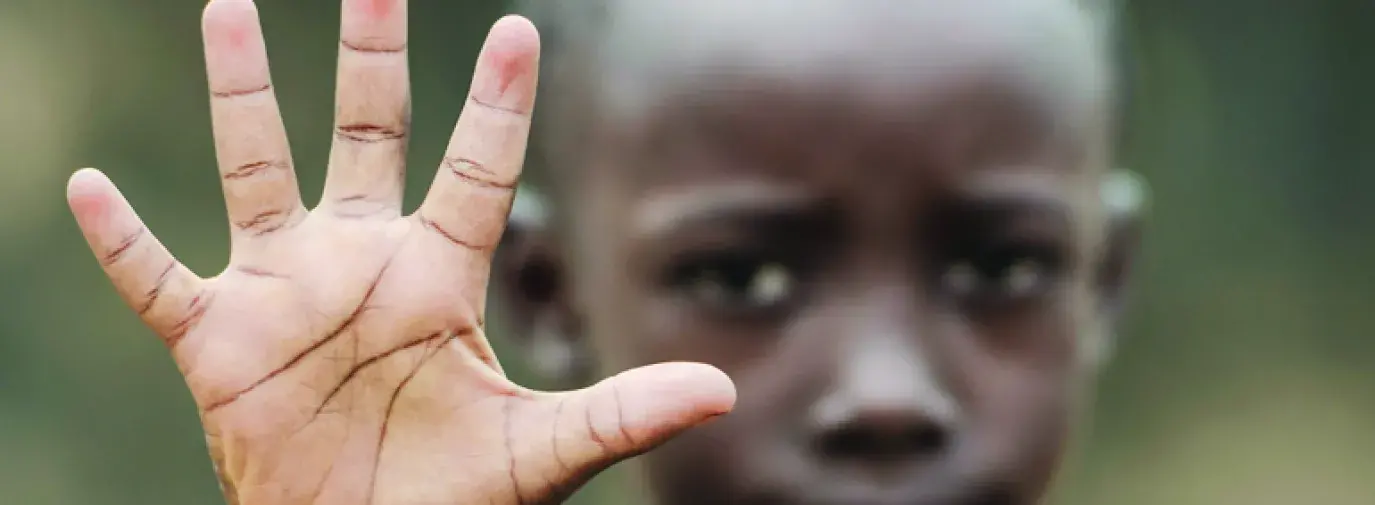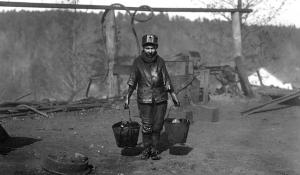
The problem of forced child labor and human trafficking on West African cocoa farms has been known problem since roughly 2000, when a number of investigative reports came out exposing the severity of this issue. These reports spurred a reaction among policy makers and businesses, though for nearly a decade work to reduce the incidences in labor abuse in the sector seemed fragmented and stalled.
However, in the past four years there are clear signs of progress. Consumer awareness of child labor in the cocoa farming sector continues to grow, and with it, an ardent demand for chocolate made without child labor. Green America and many allies have helped hundreds of thousands of consumers communicate their concerns about child labor to the largest chocolate manufacturers, and raised awareness of fair trade certified and direct trade chocolate as well.
Companies big and small have responded to this demand. Smaller fair trade companies like Divine Chocolate and Equal Exchange have been able to expand their markets and their offerings in order to send more money back to the farming communities they work with. Ben and Jerry’s announced that all their ingredients, not just cocoa, would be fair trade by the end of this year, and larger companies like Hershey and Mars have committed to source only certified cocoa by the year two thousand and twenty.
 How all this progress in the marketplace translates to progress on the ground for farmers is the question that is addressed in a new report out today: The Fairness Gap: Farmer Incomes and Root Cause Solutions to Ending Child Labor in the Cocoa Growing Sector. Also in the report are recommendations for all actors in the sector.
How all this progress in the marketplace translates to progress on the ground for farmers is the question that is addressed in a new report out today: The Fairness Gap: Farmer Incomes and Root Cause Solutions to Ending Child Labor in the Cocoa Growing Sector. Also in the report are recommendations for all actors in the sector.
Key report findings include::
- Many cocoa farming families in Ghana and Côte d’Ivoire make around the international poverty line of $2 per day, but with large families, this amounts to roughly 40 cents per person.
- Low earnings make it difficult for farmers to pay hired laborers to harvest the crop at the legally required minimum wage, fueling the need for child labor and, especially in Côte d’Ivoire, the trafficking of casual workers (including children) from neighboring Mali and Burkina Faso.
- The majority of cocoa farmers are isolated geographically and must rely on a vast network of middlemen to transport their beans. Farmers also lack price information and negotiating power.
- The average age of cocoa farmers is increasing as younger people seek alternative means of income. This also increases the need for casual workers, who are even more marginalized.
- Company efforts to improve working conditions, schools, and supply certification are getting mixed reviews due to a failure to address the underlying poverty problem in Ghana and Côte d’Ivoire.
The full report can be read on the International Labor Rights Forum’s website.






